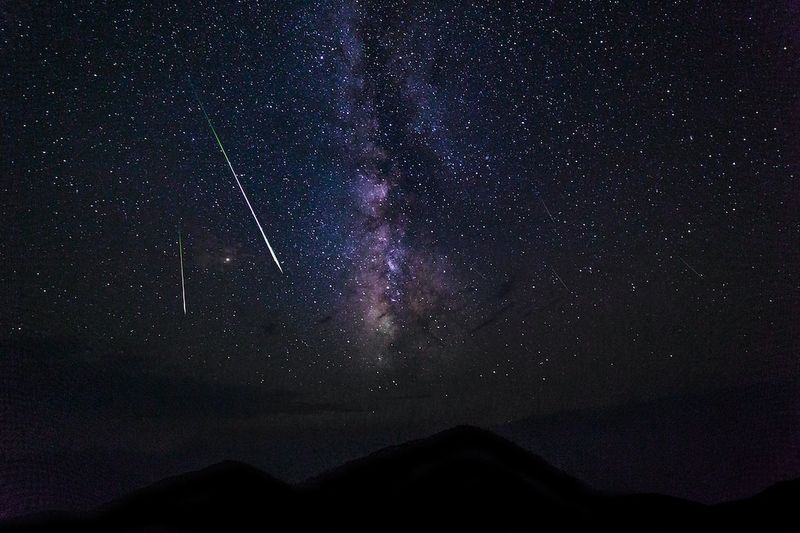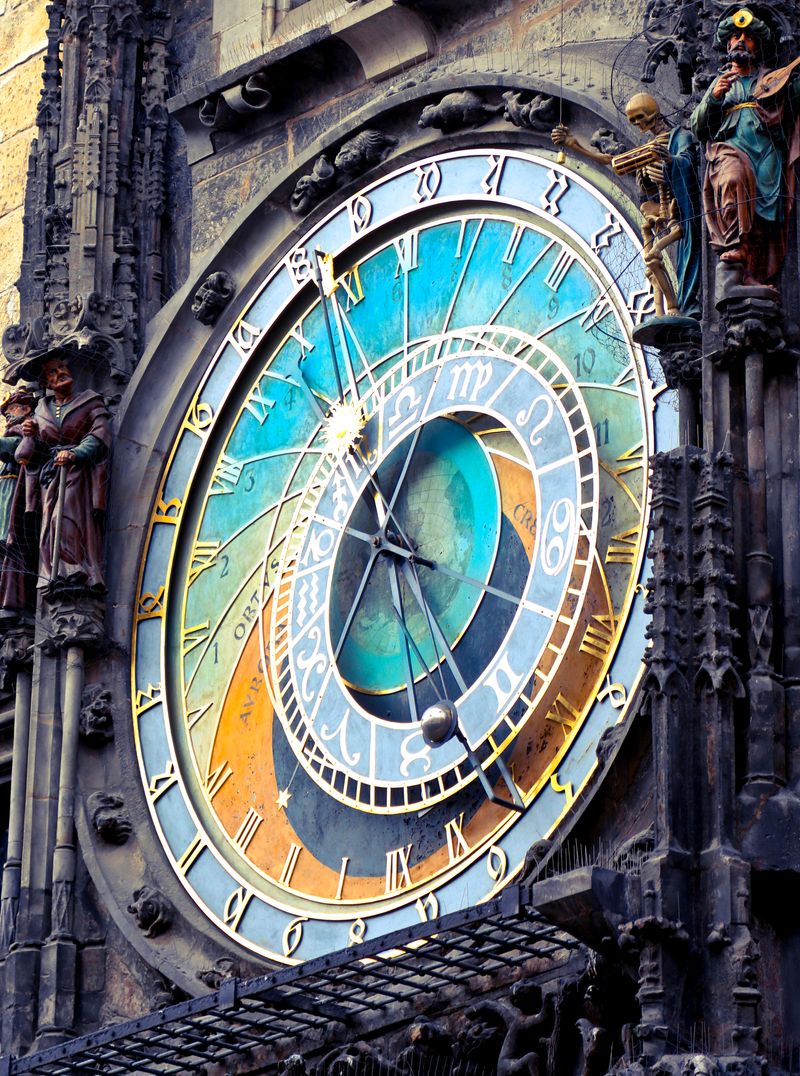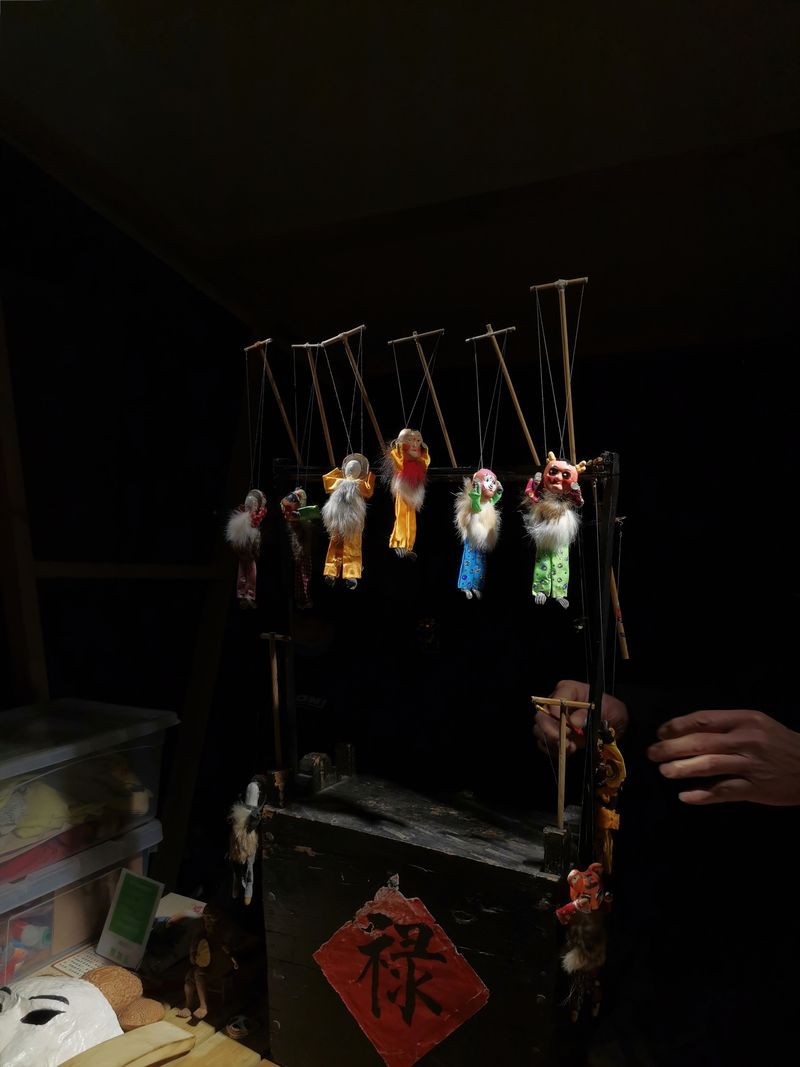Best Meteor Shower of the Year Peaks This Weekend
The NASA All Sky Fireball Network has already detected the first meteors of this year’s Perseid meteor shower, which is set to peak on the night of August 12. The Perseid meteor shower is widely regarded as the best meteor shower of the year, known for its high rates and pleasant late-summer temperatures. Unlike last year, when the shower coincided with a full moon, this year’s moon will be a waning crescent, allowing even the fainter meteors to be visible.
Astronomy and the Beauty of Meteor Showers
The Perseid meteor shower, named after the constellation Perseus from which the meteors appear to radiate, has a unique beauty that captivates stargazers and astronomy enthusiasts. Meteor showers offer an opportunity for people to connect with the vastness of the universe and appreciate the awe-inspiring phenomenon of celestial objects streaking across the night sky. It is a reminder of our place in the universe and the wonders that lie beyond our reach.
The Science Behind the Perseid Meteor Shower
The Perseid meteor shower occurs when the Earth passes through the debris left by the comet Swift-Tuttle. As these debris particles enter the Earth’s atmosphere, they burn up, creating the spectacular display of shooting stars. The Perseid meteors have a consistent orbit and appear to radiate from the constellation Perseus, hence their name.
Optimal Viewing Conditions
To witness the Perseid meteor shower, all that is needed is a clear sky, darkness, and a bit of patience. The meteors can be seen all over the sky, so there is no need to look in any particular direction. It is best to find a location away from city lights and suburban areas, as these bright skies can greatly reduce the visibility of the meteors. For those in the Northern Hemisphere, the Perseid meteor shower is particularly visible.
How Many Meteors Can You Expect to See?
Astronomers estimate that people in the United States can expect to see around 40 Perseids in the hour just before dawn on the peak nights, which is equivalent to seeing one meteor every couple of minutes. However, this estimate assumes that observers are in rural areas, far away from the light pollution of cities and suburbs. In suburban areas, the brighter skies reduce the meteor rates to 10 or fewer per hour.
The Delicate Dance between Meteor Showers and Space Exploration
The Perseid meteor shower is not only a spectacle for stargazers, but it also holds historical significance in space exploration. In 1993, NASA delayed the launch of Space Shuttle STS-51 due to concerns about the Perseid meteor shower’s intense activity. The increased chance of spacecraft damage from debris prompted NASA to prioritize crew safety and postpone the launch. It serves as a reminder of the delicate balance between our desire to explore space and the potential hazards that exist beyond our planet.
Conclusion
The Perseid meteor shower presents a remarkable opportunity for people to witness the beauty and grandeur of the universe. It is a time to disconnect from our daily routines, go outside, and gaze up at the sky in wonder. While the rates may vary depending on location and light pollution, the experience of seeing even a few shooting stars can leave a lasting impression. So, find a spot away from the city lights, grab a blanket, and prepare to be amazed by the Perseid meteor shower this weekend.
Sources:
- Lauren Perkins, NASA Marshall Space Flight Center

<< photo by Austin Human >>
The image is for illustrative purposes only and does not depict the actual situation.
You might want to read !
- How to Catch a Glimpse of the Spectacular Perseid Meteor Shower Down Under
- Football Fever Illuminates Aotearoa: A Captivating Photo Journey Through the FIFA World Cup Fans in New Zealand
- “Dancing Triumphs as Battle of the Networks Heats Up: HYBPA? Surges, Placing 10 in the Lead over Nine”
- Victoria’s Midnight Mystery: Exploring the Enigmatic Loud Boom and Ball of Light Phenomenon
- “Fiery Enigma Illuminates Melbourne’s Night: What Experts Say About the Mystery Fireball”




